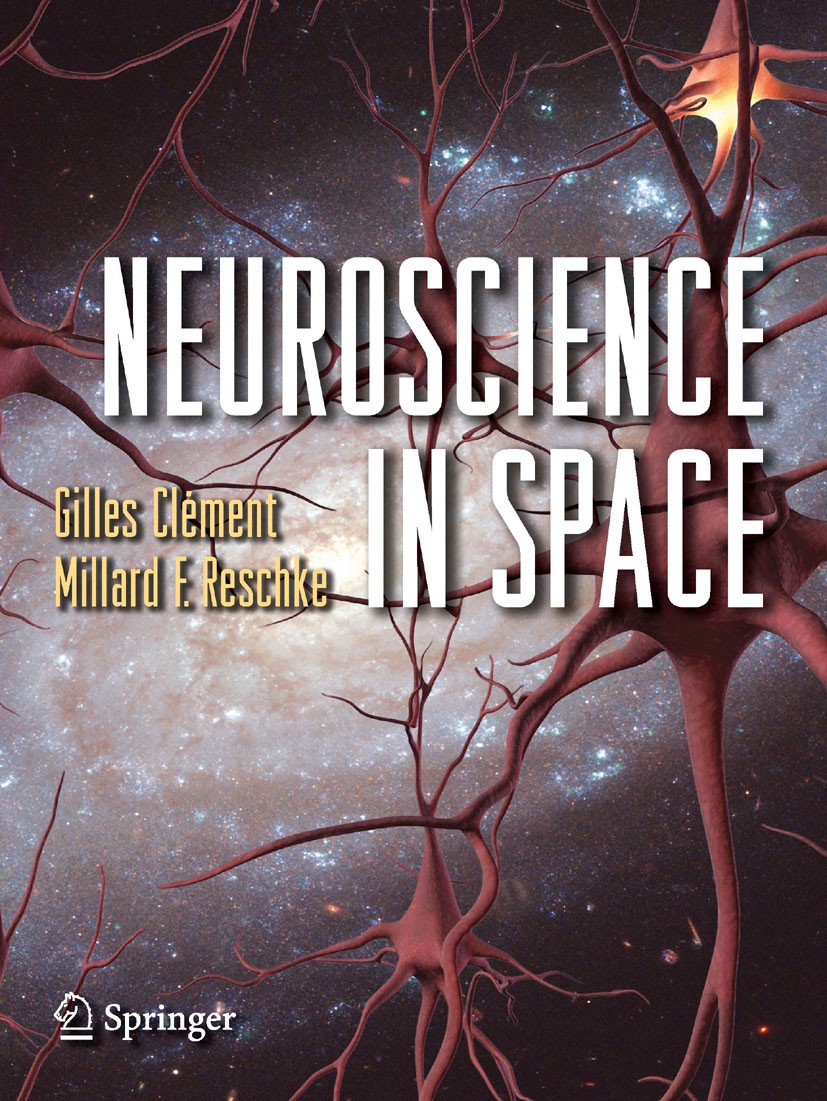| 书目名称 | Neuroscience in Space | | 编辑 | Gilles Clément,Millard F. Reschke | | 视频video | http://file.papertrans.cn/665/664490/664490.mp4 | | 概述 | Designed for the general scientific reader, this book offers an overview of neuroscience research performed in space.Each project and the reason why it was done is described with illustrations, ration | | 图书封面 |  | | 描述 | Why write this book? Of all the intricate components of the human body, the central nervous system is the most responsive to the environment, detecting and responding to changes immediately. Its complexity, however, also means that it is still one of nature’s best-kept secrets. Considering that the exploration of space is often thought of as the final frontier in the discovery of our origin and the preparation for our future, Neuroscience in Space is a book addressing the last, and greatest, scientific frontier. All living things on Earth have evolved in the presence of gravity and all of their biological systems have anatomical and physiological mechanisms designed to interpret and measure the force of gravity. However, in the near weightlessness of space, the sensory systems that provide basic information regarding linear acceleration no longer function as they did on Earth. As a result, most if not all, physiological systems dependent on the body’s central nervous system are in flux until a new microgravity state is realized. This includes adaptation of basic life sustaining functions such as blood pressure control and cardiac function, as well as other critical functions for ev | | 出版日期 | Book 2008 | | 关键词 | Nervous System; activities for neuroscience; brain and space; brain in space; central nervous system; hea | | 版次 | 1 | | doi | https://doi.org/10.1007/978-0-387-78950-7 | | isbn_softcover | 978-0-387-78949-1 | | isbn_ebook | 978-0-387-78950-7 | | copyright | Springer-Verlag New York 2008 |
The information of publication is updating

|
|
 |Archiver|手机版|小黑屋|
派博传思国际
( 京公网安备110108008328)
GMT+8, 2026-1-2 16:44
|Archiver|手机版|小黑屋|
派博传思国际
( 京公网安备110108008328)
GMT+8, 2026-1-2 16:44


